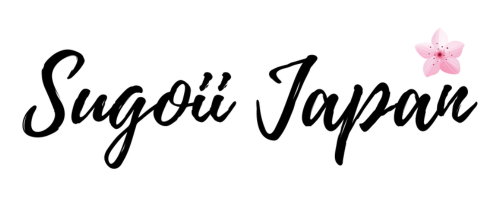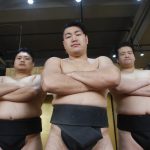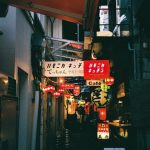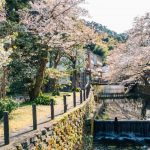The capital city of Japan is known for its crazy and creative fashion. Everyone can agree that Tokyo is where all the action happens, and the Harajuku neighbourhood is where it started. It’s full of life and shocking fashion — every visit here is different from the next because of the constant changes in the neighbourhood.
Harajuku fashion and style have made quite a name for itself in the past few decades, but what exactly is Harajuku fashion? From its unique history of various subcultures and styles, there is a special kind of energy that flows in the area. It can still be felt to this day, however not as prominent as when it first began.
Let’s take a look at the history of Harajuku fashion, its various fashion styles and where this unique fashion community stands today.
History of Harajuku Fashion
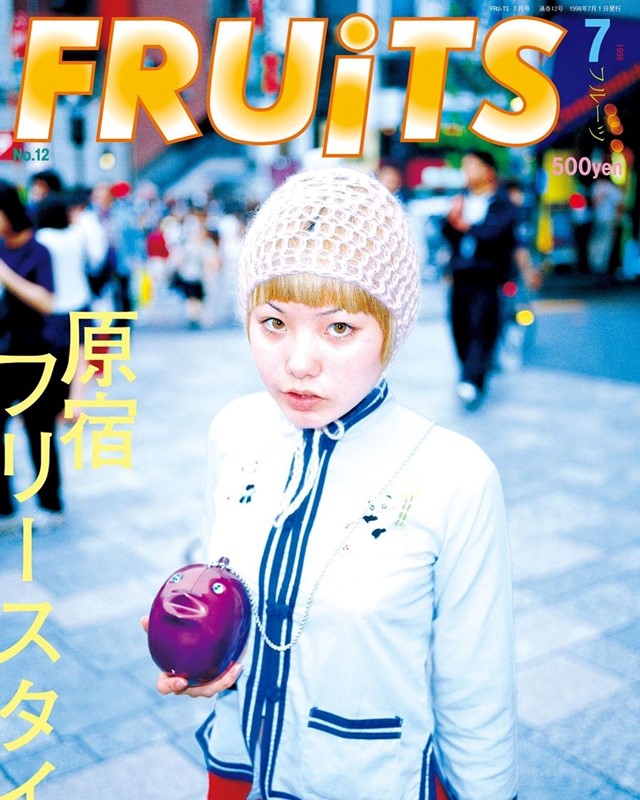
Harajuku fashion first became prominent in the 1980s during the postwar Allied Occupation of Japan, when American soldiers and civilians lived in the area. Local youths were curious about the difference in culture and style, and this was the time when various fashion subcultures took over the streets of the neighbourhood.
FRUiTS magazine, founded in 1997, was the leading print showcasing these various fashion styles, capturing unique and intriguing looks of Harajuku style. On each capture, there would be a brief description of the person’s age, occupation and what they were inspired by. Unfortunately, the magazine stopped publishing in 2017, which was huge news for the community.
Lucky for us, FRUiTS is still posting on Instagram, and founder Shoichi Aoki is still passionate about photographing stylish youngsters on the streets of Harajuku.
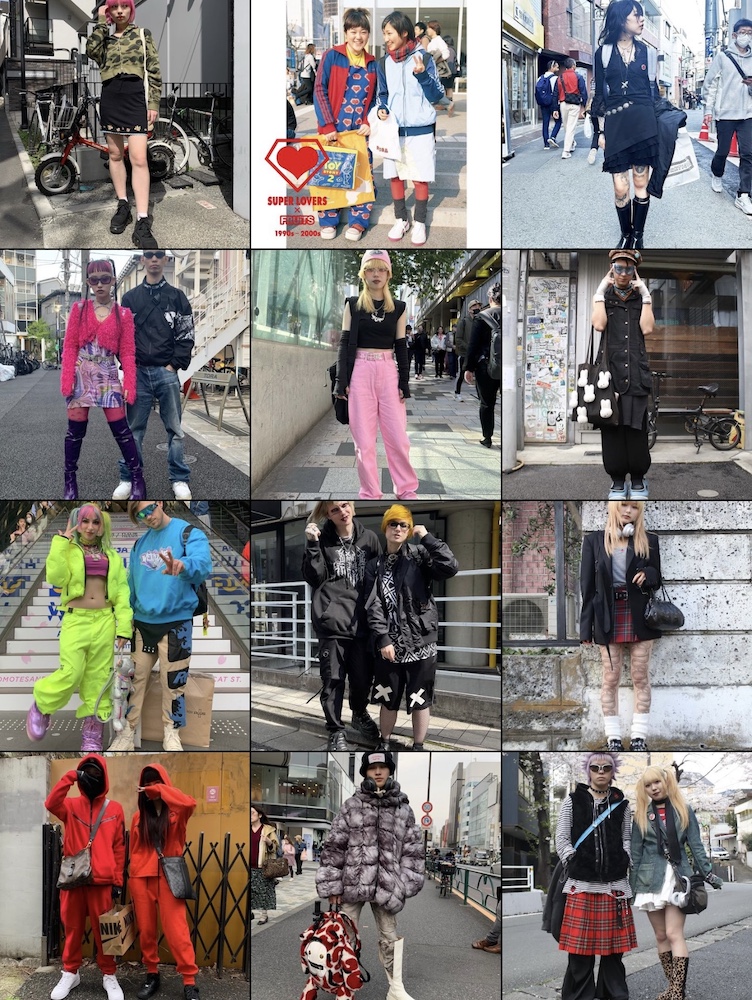
One of the best pages to look through is Tokyo Fashion, which some would say is the modern-day FRUiTS. On both its Instagram page and website, pictures of street styles are uploaded to showcase the new era of Harajuku fashion, as well as to inspire the next one.
The Different Fashion Styles Of Harajuku
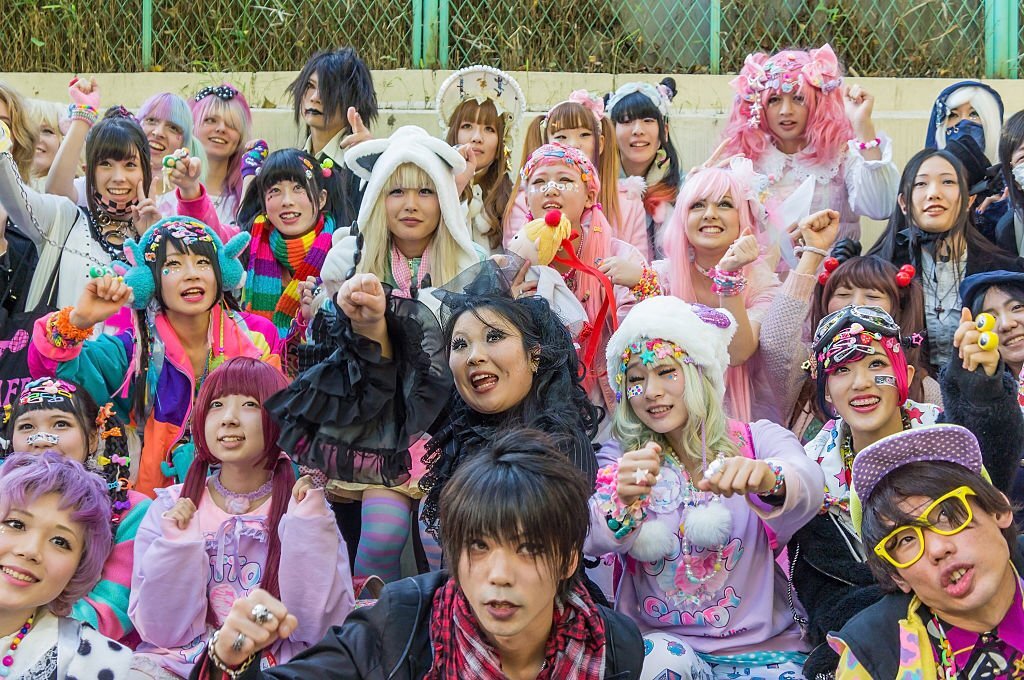
As the Harajuku neighbourhood is made up of various subcultures, no one style makes up the Harajuku style. Because there are no rules when it comes to originality and creativity, Harajuku fashion comprises everything from an all-black, Yohji Yamamoto-esque vibes to brightly-styled, neon cute outfits. They all fall under the Japanese-esque umbrella.
One of the most prominent fashion subcultures that came from Harajuku is the Lolita. You’ll know it when you see it — it’s a cute, modest aesthetic inspired by Victorian-era fashion. Usually, a Lolita look has a cupcake-shaped knee-length skirt with petticoats and knee-high stockings.

Gyaru, translated from the English word “gal”, is another Harajuku subculture that is more of a caricature of the typical American teenager. Gyaru girls often have bleached or dyed hair, dramatic makeup and extremely long, done-up nails.
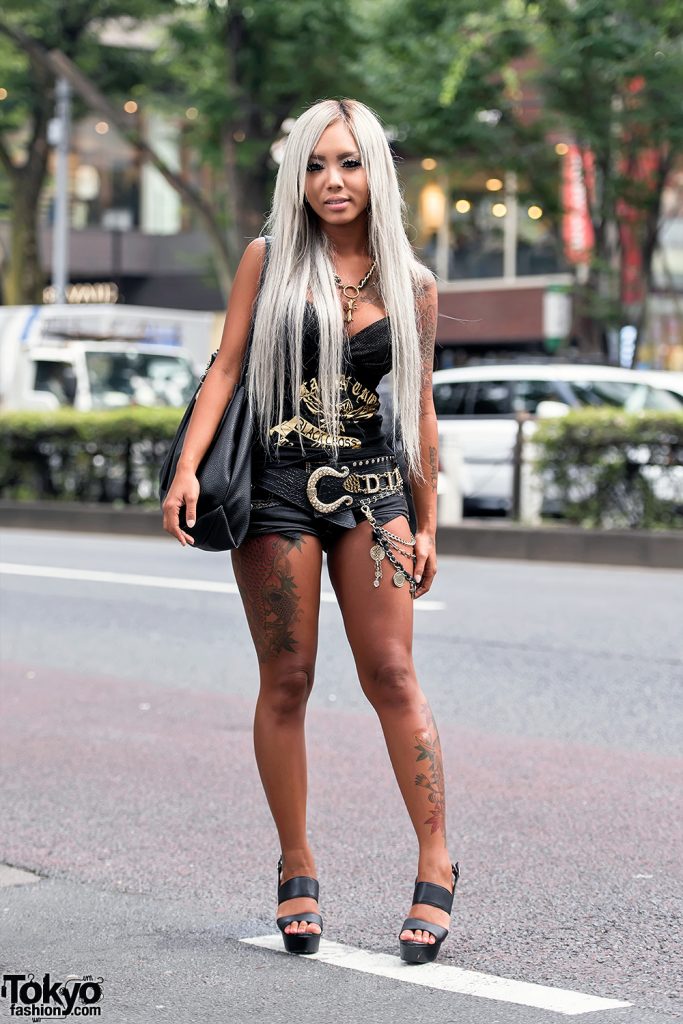
Another prominent subculture from Harajuku, one that is more prominent today, is Visual Kei. You can spot the Visual Kei style from its flamboyant hair and androgynous dressing. It’s often associated with Japan’s pop music scene, and because fans would often adopt the look of their idols, this subculture can also be considered a form of cosplay.
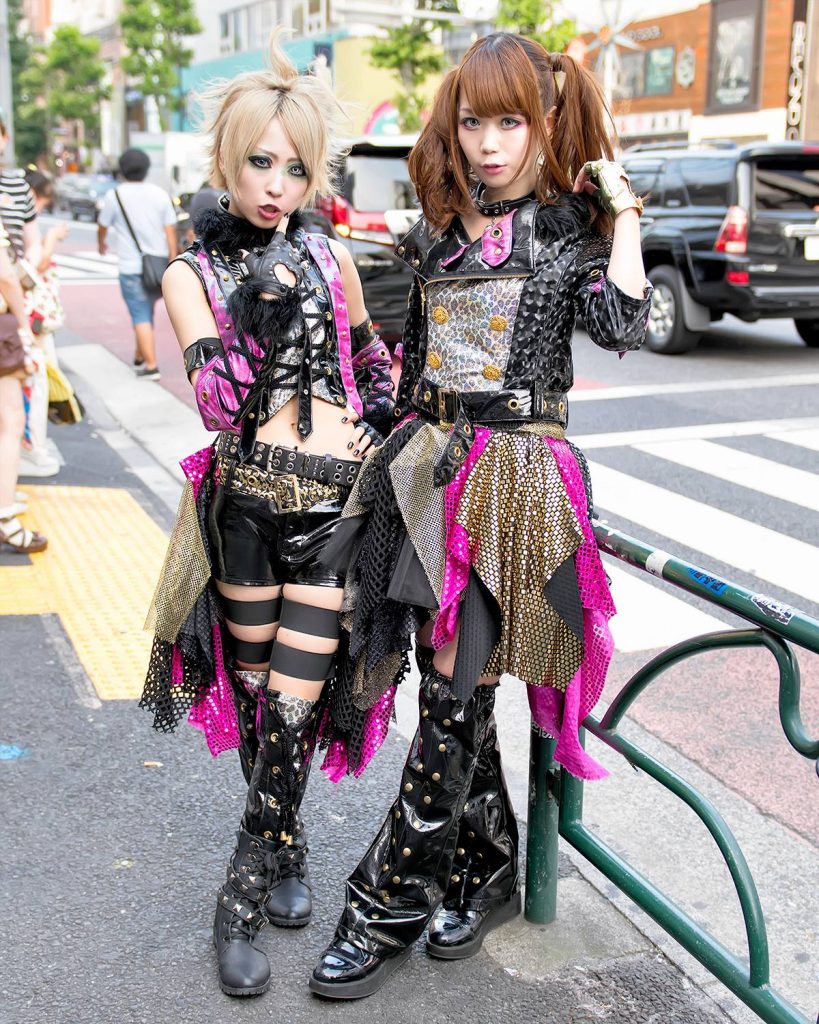
These are just three out of the dozens of subcultures that came out of Harajuku — other iconic ones include Ganguro, Punk and Goth and Decora.
You May Also Like: Why Japanese People Don’t Wear Sunglasses
The Kawaii Culture In Japan
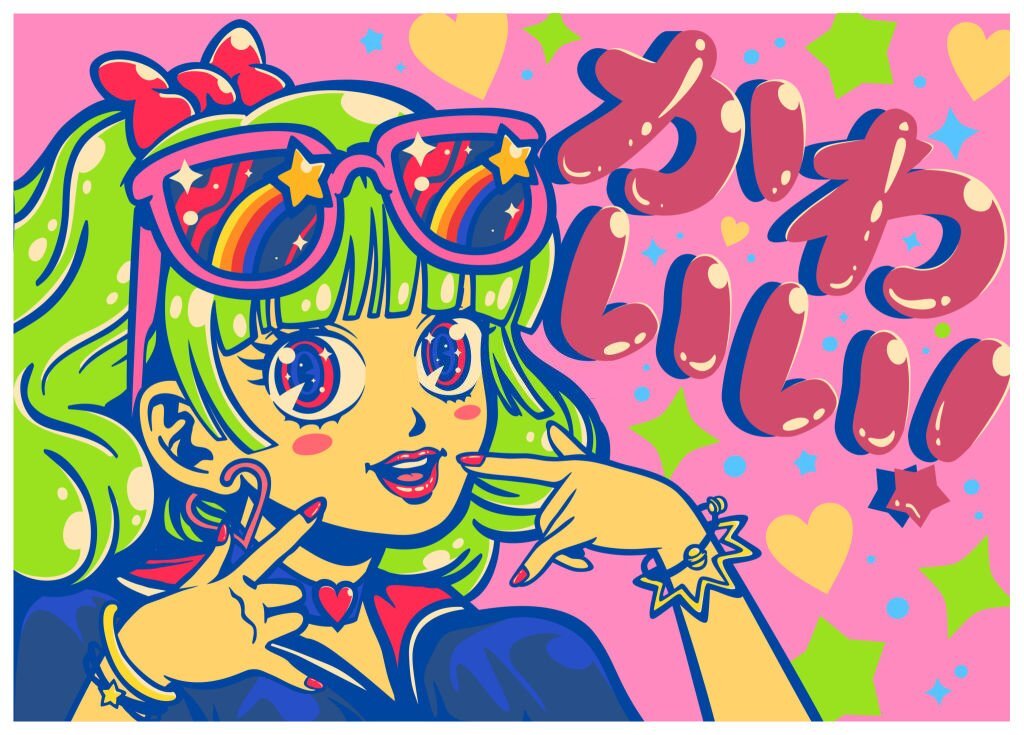
Kawaii culture generally refers to Japanese pop culture, specifically the cute and colourful aesthetic. Of course, fashion is included in Kawaii culture, but it can also refer to other categories like food, anime characters, cats and mascots.
This culture can be dated back to the Taisho Period (1912 to 1926). We can thank Yumeji Takehisa, a popular Japanese painter and illustrator, who opened a stationery shop in Nihonbashi selling letter sets and papers with a target audience of young girls. Some say this is the pioneer of Kawaii culture.
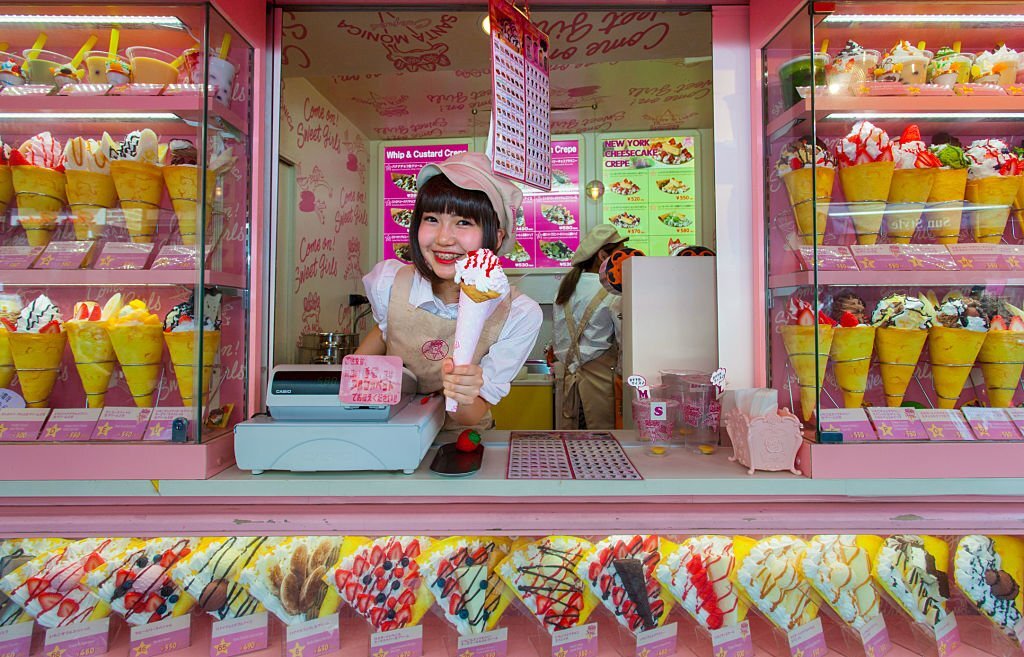
This subculture had been brewing around the Harajuku neighbourhood since the 1980s, much like the other Harajuku subcultures. It boomed tremendously in the Western world when Gwen Stefani released a song called Harajuku Girls in 2004.
The singer revealed that she was intrigued by the neighbourhood’s eccentric style, and even included Japanese backup dancers in cute, Kawaii fashion styles for her music videos. In fact, the entire solo debut album featured much of Harajuku fashion in it.
Recently, the Japanese government officially adopted Kawaii culture as a tourism strategy to attract more international tourists to Japan — let’s be honest, it’s working.
Is Harajuku Fashion Declining?
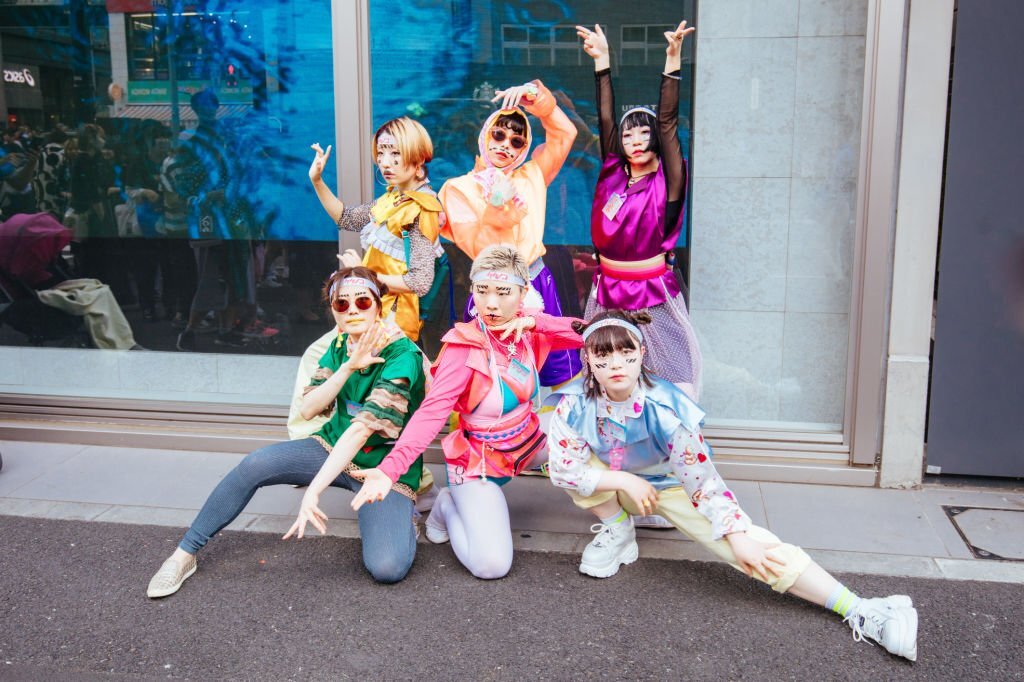
Decades later, we wonder: is Harajuku fashion declining? Admittedly, some have witnessed the shifting array of styles and claimed that the decline of Harajuku fashion was prominent. The absence and drainage of the original essence of Harajuku fashion may be seen as its inevitable fall.
This neighbourhood, which was once a unique and original fashion crate, is now filled with high-fashion and fast-fashion brands. What used to be locally-run boutiques are now transformed into 100yen stores, banks and businesses. Tourism and the effects of globalisation have forced out many of the creative talents that used to call Harajuku their home.
There’s no stopping the change in the Harajuku scene, especially with the rise in clothing prices and the demands of the public in terms of clothing style.
Harajuku Fashion Today
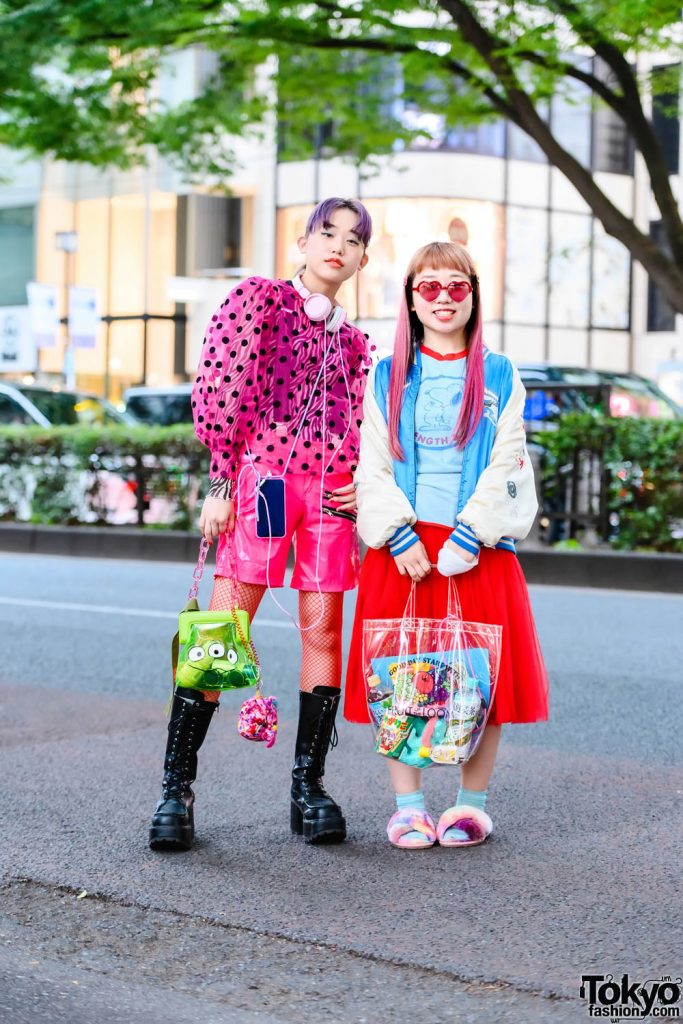
Even though there’s no denying that Harajuku fashion has drastically changed since a few decades ago, the actual fact is that the scene is just evolving. Nothing ever really stays the same, and that applies to this eccentric neighbourhood.
The Harajuku style is not any specific aesthetic — just because the Harajuku neighbourhood we see today is not as flashy and strange as when it first started, doesn’t mean it’s not Harajuku anymore. The whole point of the community is to provide a special safe zone of no judgements and unlimited creativity.
This neighbourhood will still be a place where people interact and connect, new trends are born and made, and people are comfortable being unapologetically themselves in the way they dress.
You May Also Like: Japanese Dress Codes
The Best Fashion Shops In Harajuku
You might not be able to find as many hipster-y, locally-owned businesses in Harajuku as much as in the 1980s, but there are still some around. It really depends on what kind of style you are looking for, but trust that there is something for you in Harajuku.
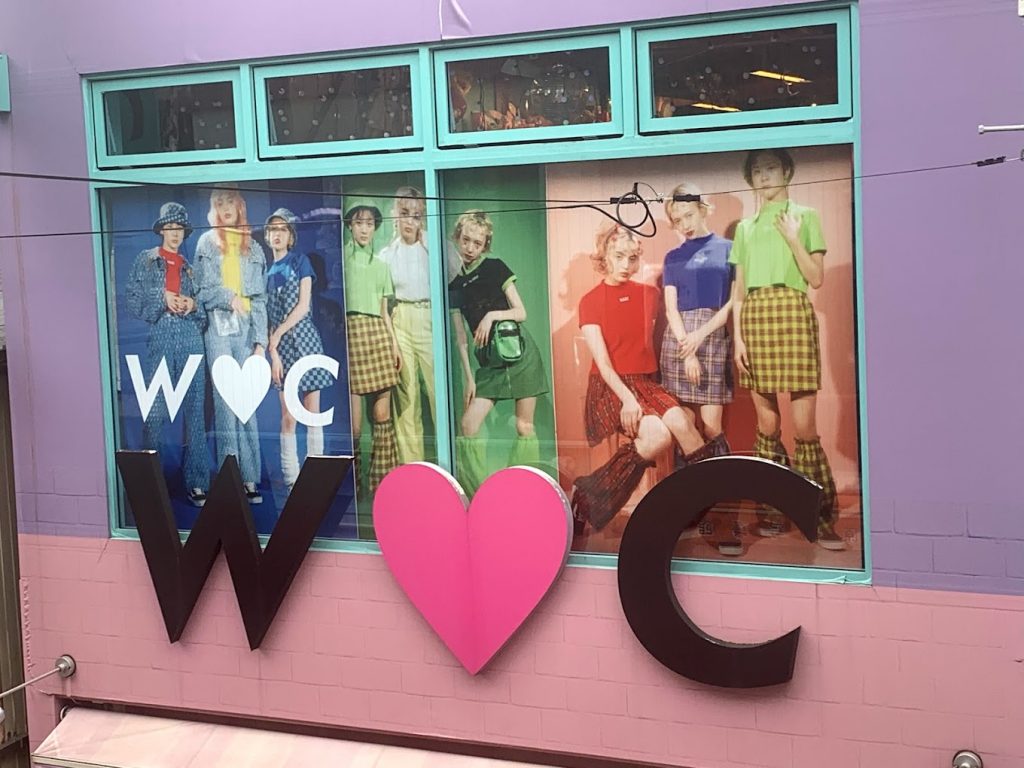
WC is a great shop for the ultimate Kawaii look — almost everything is in pink, and if not, it is in colour close enough to pink. There are many cute designs and pastel colours of everything from tote bags and accessories to clothing and shoes.
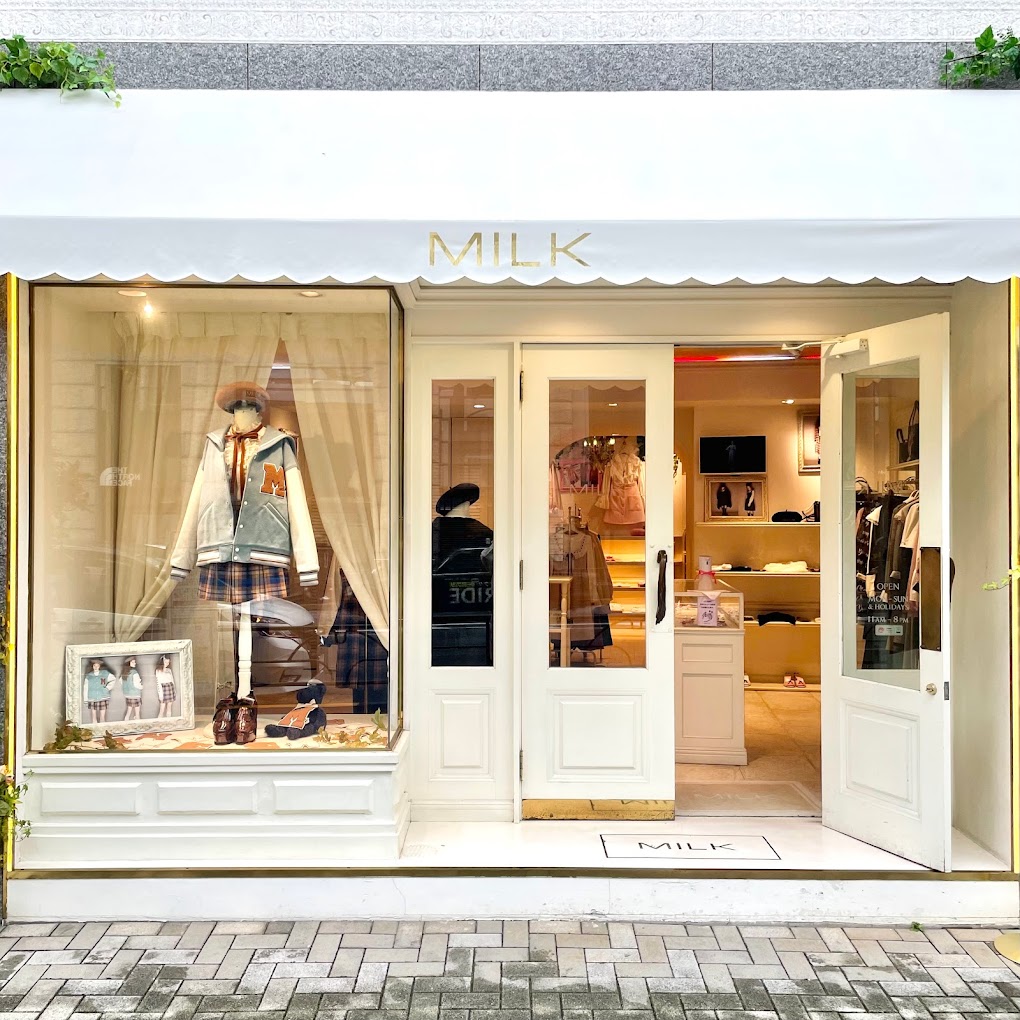
For the best Lolita fashion, head over to MILK. This is one of the first brands to offer the finest girly and Victorian-style clothing in the area.
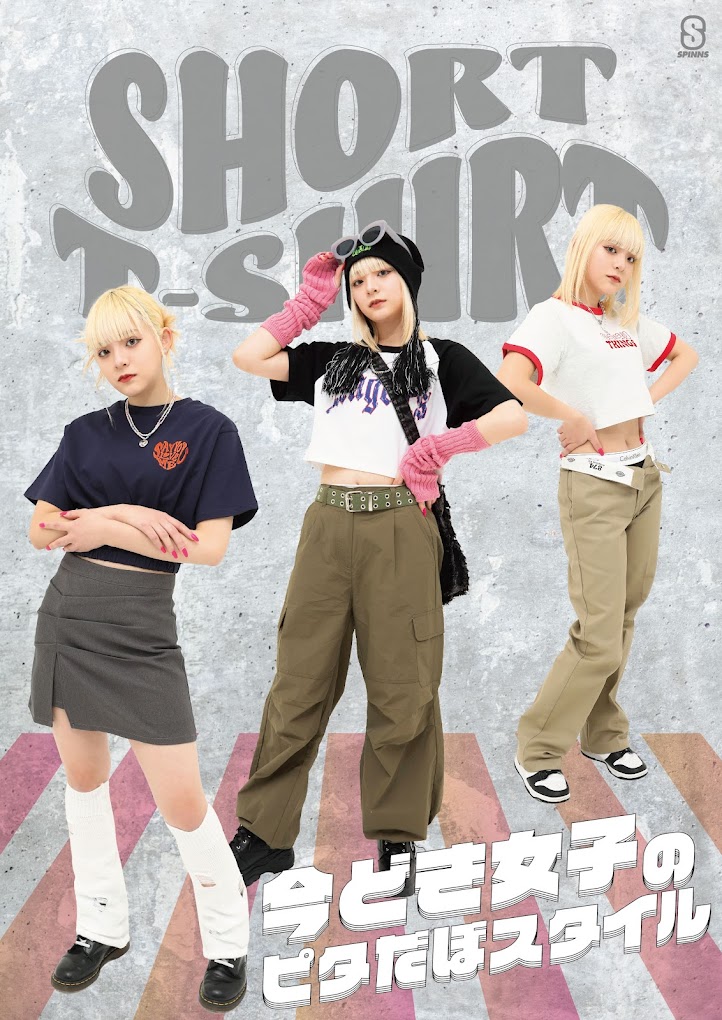
Spinns is one of my personal favourites. This boutique shop offers a variety of Harajuku styles for both men and women. It has both new and second-hand items so the items can range in price.
—
If someone tells you that Harajuku fashion is dead, they’re lying — it never was. It is merely evolving and it will continue to evolve into new versions of itself till the end of time.
Sometimes the devil is in the details, and maybe that is what the creative fashioners are experimenting with in these next few decades. Who knows — in the next century, this will be what they define as Harajuku fashion.
Curious about how Japanese people live? Real all about it here: Lifestyle in Japan.
